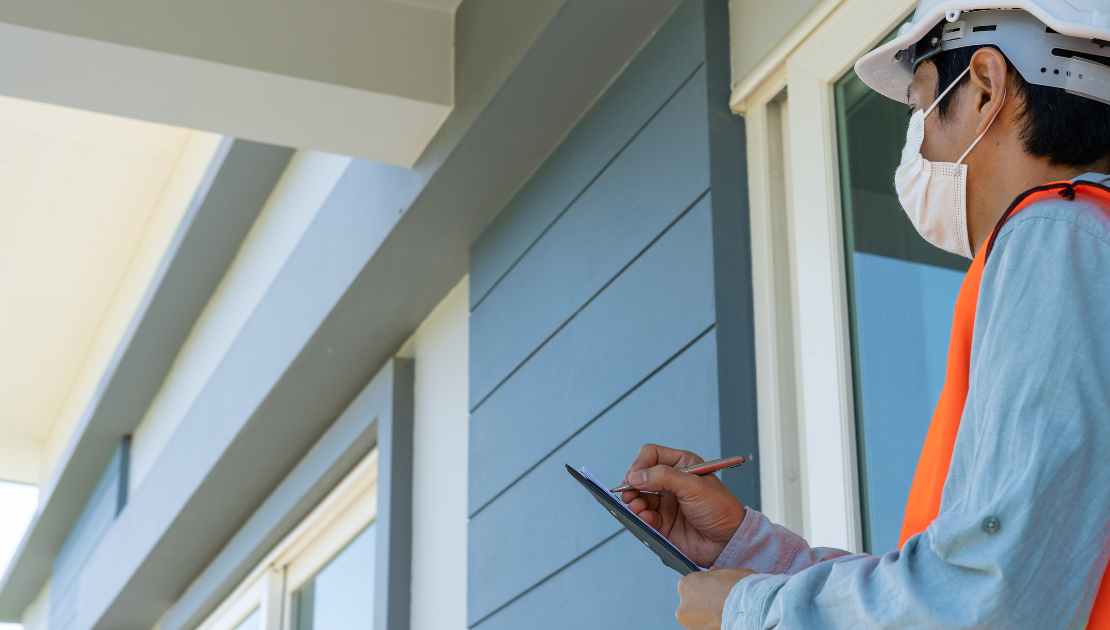These Regulatory Changes Could Impact Future Property Claims

The start of 2024 brought a host of changes that could impact property claims, including updates to major codes and guidelines that affect residential and commercial policyholders dealing with new construction, renovations, and replacement HVAC equipment.
Adjusters should be aware of new sections in the 2024 International Building Code (IBC) as well as amendments to National Fire Protection Association 211 (NFPA 211). By being familiar with the changes, insurance professionals can better understand how property losses may be impacted and ensure they, or their assessment partners, are considering these codes when evaluating property claims.
Tornado loads added to 2024 International Building Code
The IBC underwent its usual three-year update with some revisions and additions to make it in line with construction best practices and new technology. The document defines minimum requirements for new and existing buildings as they relate to public health and safety. Though not required, individual states or jurisdictions often adopt IBC recommendations or approve further modifications, and adjusters should confirm their assessment partner is familiar with the specific codes of a particular area.
This year’s edition includes changes to roofing underlayment specifications, tornado load requirements, and snow load considerations.
Roof underlayment: Roofs typically need a layer of material between the roof decking and the roof covering — such as the material that goes under asphalt shingles — to avoid moisture intrusion and to aid in water-shedding. The 2024 IBC has a detailed section for roofing underlayment specifications, including which types are appropriate for certain roof coverings. The 2024 IBC also lists recommended application and fastening techniques based on certain criteria.
Tornado load requirements: For the first time, the 2024 IBC includes a new section for buildings characterized as essential facilities that are at high risk for tornado losses. The new codes, compatible with the American Society of Civil Engineers requirements, focus on tornado-specific wind load and describe how much pressure a structural component should be able to withstand in certain regions of the United States. Buildings that fall under this category should now be designed and constructed per the 2024 IBC guidelines to reduce wind-related tornado losses — and potentially save lives.
Snow load considerations: Those interested in snow load codes will now find maps about what the design load should be for each region based on altitude, average temperature, precipitation, and other factors. Like many construction best practices, the code emphasizes the need to check that any reroofing and construction meets proper slope and drainage requirements to avoid potential snow load damage, which can include sagging or buckled roofs.
Refrigerant production drop takes effect
HVAC refrigerant production requirements are another 2024 change that insurance professionals should continue to monitor. With global and federal initiatives set to reduce the production and consumption of hydrofluorocarbons (HFCs) by 85% by 2036, the U.S. Environmental Protection Agency designated 2024 as the year for a 30% reduction, a 40% decrease from the baseline. The next major phasedown is scheduled for 2028.
HFCs, including the popular R-410A, are often used as refrigerants in air conditioners and commercial refrigerant equipment. Reclaimed versions are still allowed; however, some are questioning whether there is enough existing refrigerant, reclaimed or otherwise, to meet the demand without driving up the price.
Manufacturers must ensure their HVAC systems meet refrigerant requirements, and policyholders whose equipment doesn’t need any repairs or replacements don’t have to do anything. HVAC claims may be impacted if replacement equipment is needed — or if a policyholder’s contractor tells them unnecessarily that they are impacted by the refrigerant shift. Replacements shouldn’t be made only because of what refrigerant the system uses. Repairs, minor to major, can still return HVAC systems to pre-loss condition.
NFPA releases updated 211 Standard
The National Fire Protection Association’s NFPA 211 Standard for Chimneys, Fireplaces, Vents, and Solid Fuel-Burning Appliances, also has a 2024 edition. It’s the approved American National Standard that serves as a resource for the design, installation, and maintenance of fireplaces and chimneys. Like the IBC, the NFPA 211 aims to recommend safe and professional best practices that reduce fire risks and protect people through guidelines for residential, commercial, and industrial construction projects that involve chimneys, fireplaces, venting equipment, and solid fuel-burning appliances.
The 2024 edition of the NFPA 211 clarified requirements related to how chimney connectors are attached to both appliances and chimneys as well as specified that connections be made through mechanical or otherwise approved means. The standard allows the chimney inspection to only be the requested chimney flue and liners and not all chimney flues or flue liners when multiple exist in a common structure. Another item of note is that annex material was added to specify which parts of the chimney system are generally considered inaccessible.
Changes to the IBC, NFPA 211, and overall refrigerant production initiatives may not have immediate impacts on claims. However, they could have a trickle-down effect later. Worse, misconceptions about these code updates could lead to misinformation for policyholders and insurance professionals.
Like the changing of the year, updates to codes are inevitable. It’s up to adjusters and their insurance partners to stay up to date to maintain accurate claims resolutions and decrease indemnity leakage.
Article Published By: PropertyCasualty360
Article Written By: Kevin Huelsman
